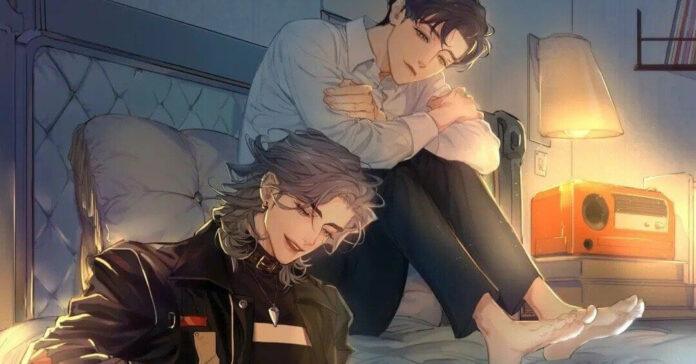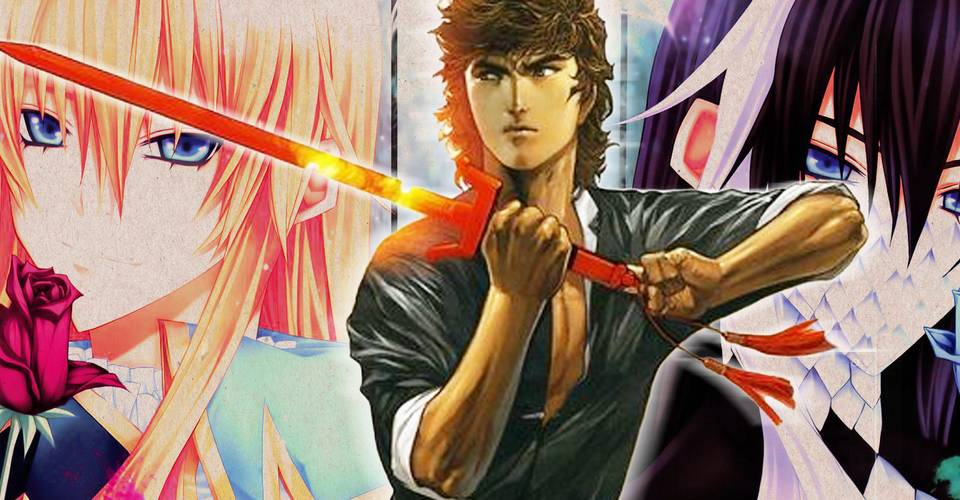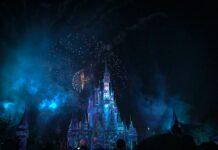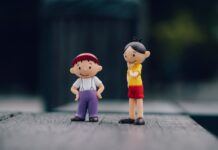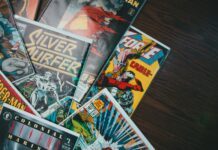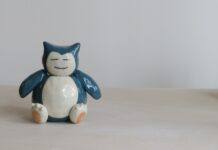Chinese Comics? Is It A Thing?
Outside of China, most people have never heard of Chinese comics, let alone the term “manhua.” Manhua, on the other hand, has recently gained popularity all over the world. The irony is that some people may be reading manhua without even realising it.
That’s why I’d like to discuss the history of manhwa and how it differs from other forms of literature.
Manhua’s History
Manhua is pronounced [mawn-guh], but the manga is pronounced [mawn-guh]. Both inscriptions are based on Chinese characters and are pronounced [mawn-hooah].
In simple terms, (man) and (hua) signify “casual” and “drawing,” respectively. It began as a type of doodling for just about anything, as the name suggests.
Manhua was originally recorded in China 900 years ago, during the Northern Song Dynasty. It tells the storey of a bird named Manhua who catches fish by placing his beak in the water.
Traditional Chinese brush paints are mixed with American, Japanese, and Korean comics in Manhua’s work. It’s almost like a comics melting pot.
However, there are some topics that are unique to manhua and manhua alone. Manhua has its own subgenres, similar to how manga has shonen and seinen.
Themes For Manhua
Wuxia and Xianxia are two distinct genres associated with Chinese material. Not only comic books, but also movies, novels, and television series, to name a few.
Wuxia
Wuxia is made up of two characters: “Wu” and “Xia,” which signify “martial hero” in Chinese. Its storylines are based on martial arts and are set in a realistic setting.
This subject revolves around “Qi,” often known as the vital force in traditional Chinese culture. Wuxia is exemplified by Jet Li’s Chinese folklore stories.
Xianxia
The characters that make up Xianxia are “Xian” and “Xia,” which literally mean “immortal hero.” Xianxia is a fantastical version of Wuxia that includes elements such as magic, demons, immortals, flying people, and other fictional elements.
Taoism is the most powerful influence on Xianxia. It is thought that by practising it, people can increase their lifetime or perhaps become immortal.
These stories are frequently set in a historical setting; some are based on true events, such as the Tang Dynasty, while others are made up.
Battle through the Heavens is a great place to start if you’re new to Chinese comics. It’s one of the most popular manhuas today, having been adapted into films and TV shows.
Style Of Watercolor Painting
Watercolor comics, which are based on traditional ink brush painting, are extremely popular in China. I really like how the colours radiate outwards from the centre, forming uneven patterns that fade away towards the borders. It’s a one-of-a-kind and enthralling artistic approach.
Mr. Zhang’s Myths is a must-read for everyone who hasn’t read any watercolour comics. It’s a mystery series set in mediaeval China with a dash of mythology and traditional Chinese clothing. The artwork is beautiful. I’d become so engrossed in the storey that I’d lost count of time.
Is there anything else about Chinese comics that you find unique? What are your thoughts on it in comparison to Western, Japanese, and Korean comics? Please share your ideas in the comments section.

